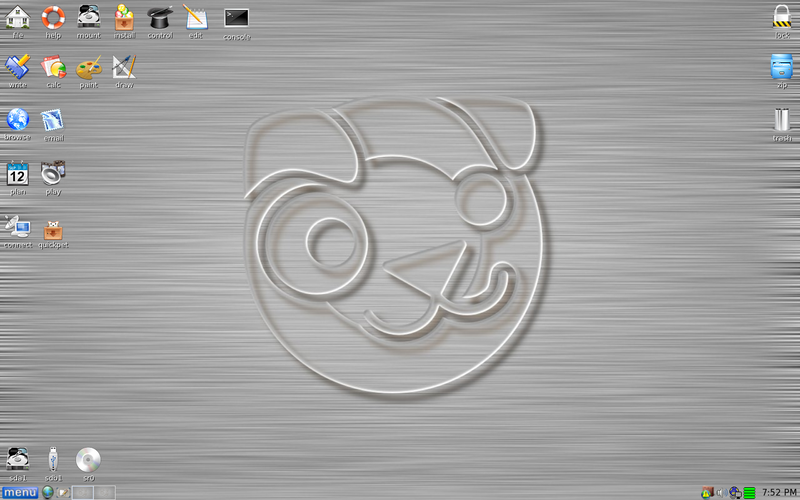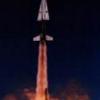Long time lurker, first time poster.
I am currently unable to access my external hard drive; WD mybook
Windows 8 on a Toshiba Laptop. I've done the basic trouble shooting, switching usb ports, unplugging and plugging back in, checking all the wires, reboot reboot reboot... No dice.
In computer management it says "unallocated" in the drive. It used to be located as my E drive but it currently has no drive letter associated with it.
Right clicking on the unallocated partitionless bar results in a menu that does not feature "change drive letters and paths"; which was the solution I was going to try for.
The drive is listed as unallocated; Disk 1 Basic 1862.89 GB Online
I have a lot of music, pictures, and books on there and don't want to lose any of it. I'm also hoping I don't have to go out and buy a new one.
My questions:
How hard will it be to fix this? I've been able to fix my computers a few times over the years but I'm no tech expert. I can follow step-by-step instructions, but have no intuition on what to do without instructions.
Would it be wiser to pay someone to get this thing up and running? And how much do you think it would cost?
Finally: How can I save the data on there?
Thanks in advance for any assistance.
External Hard Drive showing no tabs in device manager
#1

 Posted 23 February 2015 - 09:31 PM
Posted 23 February 2015 - 09:31 PM

#2

 Posted 24 February 2015 - 02:11 PM
Posted 24 February 2015 - 02:11 PM

![]()
How hard will it be to fix this? I've been able to fix my computers a few times over the years but I'm no tech expert. I can follow step-by-step instructions, but have no intuition on what to do without instructions.Would it be wiser to pay someone to get this thing up and running? And how much do you think it would cost?
We cannot answer the above without helping you to try and test the drive and that should only be done after first trying to back up your data if it is at all possible, suggested steps for this below;
TIP
To ensure that you receive notification of any reply to your topic please click on the Follow this topic tab at the upper right corner of the page.
===================
***Required Hardware***
CD Burner (CDRW) Drive,
Blank CD,
Extra Storage Device (USB Flash Drive, External Hard Drive)
===================
1. Save these files to your Desktop/Burn Your Live CD:
Download BurnCDCC ISO Burning Software
There are instructions on how to boot from flash drive with puppy here; http://www.pendrivel...e-from-windows/
![]() BurnCDCC
BurnCDCC
and navigate to the Puppy Linux ISO file you just downloaded
IMPORTANT: Adjust the speed bar to CD: 4x DVD: 1x
![]()
Puppy Linux Live CD will now be created
2. Set your boot priority in the BIOS to CD-ROM first, Hard Drive Second
(Usually shown during the "Dell" screen, or "Gateway" Screen)
CD-ROM 1st, Hard Drive 2nd
![]()
3. Recover Your Data
3a. Mount Drives
![]()
3b. Transfer Files.
For The Novice: The common path to your pictures, music, video, and documents folders for XP is: Documents and Settings >> All Users (or each individual name of each user, for Vista and above C:\Users\$USERNAME\[...]. CHECK All Names!) >> Documents >> You will now see My Music, My Pictures, and My Videos.
Remember to only click once! No double clicking! Once you drag and drop your first folder, you will notice a small menu will appear giving you the option to move or copy. Choose COPY each time you drag and drop.
YOU ARE DONE!!! Simply click Menu >> Mouse Over Shutdown >> Reboot/Turn Off Computer. Be sure to plug your USB Drive into another working windows machine to verify all data is there and transferred without corruption. Congratulations!

#3

 Posted 03 March 2015 - 05:28 AM
Posted 03 March 2015 - 05:28 AM

Not heard back from you, do you still require assistance with this or is the issue resolved, either way please update or conclude your thread and not leave it hanging, thanks.
Similar Topics
Also tagged with one or more of these keywords: hard drive, unallocated, windows 8

|
Security →
Virus, Spyware, Malware Removal →
Help removing a suspected TrojanStarted by RobJames , 01 Feb 2024 |
|

|
|
 
|
Hardware →
Hardware, Components and Peripherals →
Recover the hard driveStarted by Andrew Board , 16 Jan 2024 |
|

|
|
 
|
Security →
Virus, Spyware, Malware Removal →
Hijacked Windows defender [Closed]Started by relay , 17 Nov 2023 |
|
![Hijacked Windows defender [Closed] - last post by DR M](https://www.geekstogo.com/forum/uploads/profile/photo-418842.gif?_r=1578338641)
|
|

|
#linux
Discussion →
Off-Topic →
Two different OS on two different drivers - recommended?Started by Killian Gharrah , 17 Sep 2023 |
|
|
|

|
Operating Systems →
All Other Operating Systems →
Specific boot problem with Windows XPStarted by SomeNewUser , 21 May 2023 |
|

|
0 user(s) are reading this topic
0 members, 0 guests, 0 anonymous users
As Featured On:













 Sign In
Sign In Create Account
Create Account

